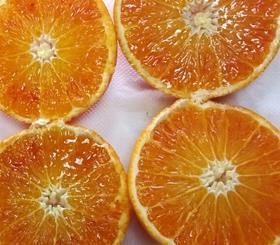
The Italian company behind Mandarossa, reckoned to be the world’s only red-fleshed seedless clementine in commercial production, says it will continue to invest in the product as it anticipates strong demand for the variety on the international market.
First produced in Catania, Sicily, in 1985 but only patented 19 years later, Mandarossa – real name Mandared – is a hybrid of Clemenules, the most widely grown clementine in Europe, and Tarocco, a deep red-fleshed orange variety that is hugely popular in Italy.
Early last year, the variety made its debut in the UK after upmarket retail chain Marks & Spencer agreed to sell it from the start of January until late April.
The success of that particular listing led to Sicilian marketer and licence-holder Coawinning a special innovation prize presented by MMG Citrus, the UK importer which is jointly owned by Mack/Fresca Group and Martinavarro.
According to Rocco Lardaruccio, managing director of Coa, the time and money invested in developing the Mandarossa brand is now paying off in terms of interest from major international distributors.
The challenge now, he says, is to increase the volume of fruit sold under the brand and simultaneously to build up production so that demand from Italian and international customers can be met.
“Mandared has only been cultivated for a few years and still has wide margins for improvement, both from the viewpoint of cultivation and of customer demand,” he explains. “We will definitely continue to invest in this variety, which possesses undeniable advantages for the whole supply chain thanks to its innovative features.”
Aside from its most obvious unique selling point, the redness of its flesh, those features include late ripening, which allows Coa to extend the traditional Sicilian clementine season into the European spring.
Lardaruccio also sees Mandarossa as a “perfect fruit” when it comes to capitalising on new consumer demand for healthy products.
“Like the famous Tarocco and Moro red oranges, Mandareds are rich in anthocyanins, substances with recognised antioxidant properties and which also cause the characteristic red pigmentation of their pulp.”



